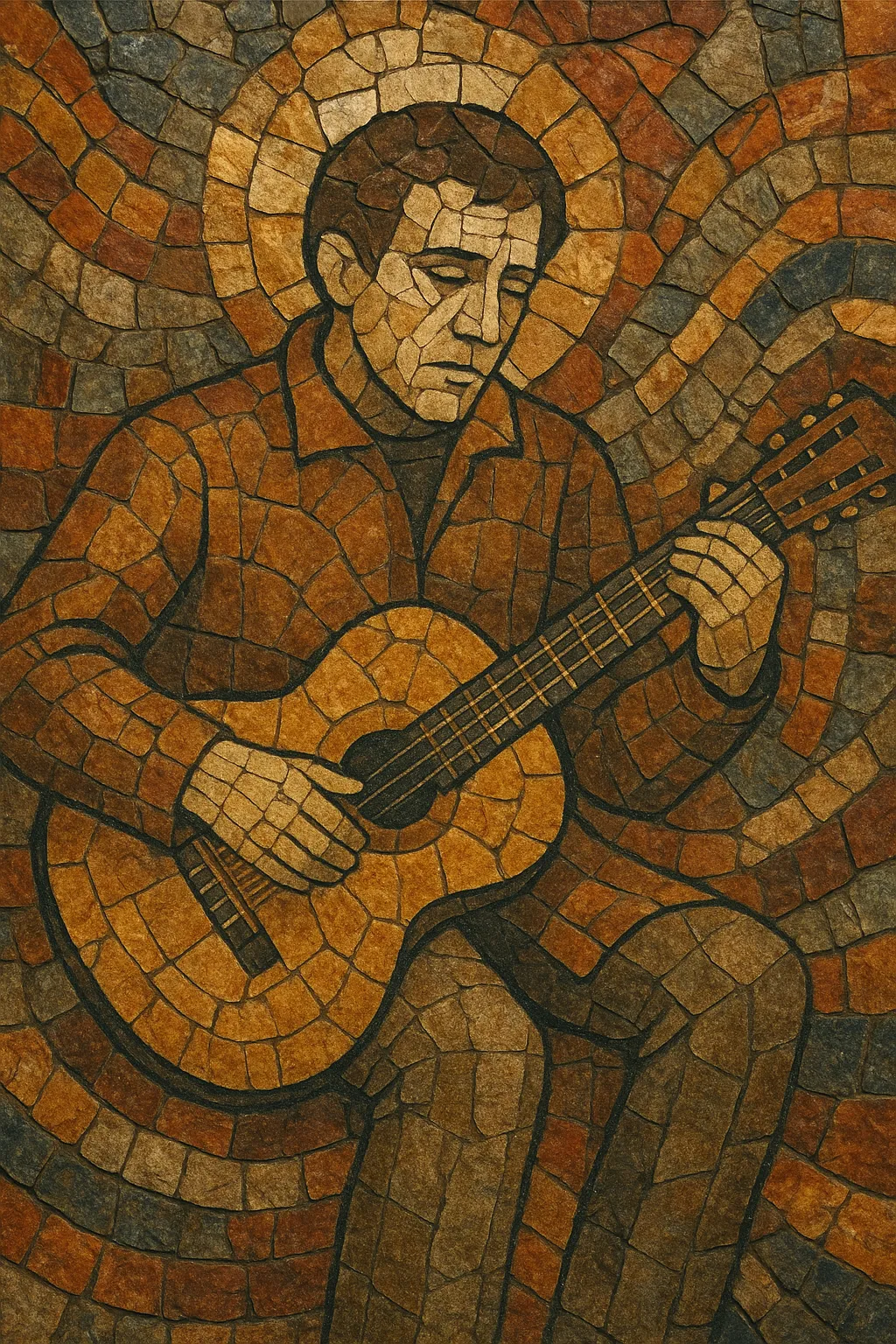
Avtorskaya pesnya ("author's song") is a Soviet/Russian singer‑songwriter tradition centered on intimate, poetry‑driven songs delivered with solo voice and acoustic guitar. It privileges text above virtuosity, favoring simple harmonies and conversational, declamatory vocal delivery so that nuanced lyrics, metaphors, and social commentary remain foregrounded.
Emerging in late‑1950s Soviet cultural circles, the style spread through informal gatherings (kvartirniki) and underground tape trading (magnitizdat). Its tone ranges from lyrical and nostalgic to ironic and sharply satirical, and its musical language draws from Russian romance, folk balladry, and European chanson while maintaining a distinctly Russian poetic sensibility.
Avtorskaya pesnya took shape in the late 1950s in the Soviet Union as a grassroots, poetry‑led song movement. Young poets and literati began setting their own words to music, typically accompanying themselves on acoustic guitar. The idiom drew on Russian romance, folk ballads, and the narrative intimacy of French chanson, but its defining feature was the centrality of authorial text—hence the name “author’s song.”
Because overtly personal or critical lyrics often conflicted with official cultural policy, the genre thrived offstage. Songs spread via magnitizdat (home‑dubbed cassettes and reels) and at small private concerts (kvartirniki). Festivals and clubs—most famously the Grushinsky Festival—helped consolidate a canon, even as many leading figures existed outside state venues. In this period, figures like Vladimir Vysotsky, Bulat Okudzhava, and Alexander Galich defined the style’s poetic directness, dramatic delivery, and guitar‑based minimalism.
Glasnost broadened public stages for bards and brought archival and live recordings into official circulation. The ethos of text‑first songwriting and the apartment‑concert aesthetic fed into Russian rock’s rise and later colored strands of Russian chanson. Post‑Soviet years diversified production values—some artists added ensembles or mild pop/rock instrumentation—yet the core aesthetic of intimate poetry accompanied by guitar remained.
Avtorskaya pesnya shaped Russian‑language singer‑songwriting across genres. Its narrative candor, social observation, and acoustic directness informed Russian rock, folk‑rock, indie folk, and softer strands of pop/rock, while its festival and club network preserved a living tradition of bard song into the present.

